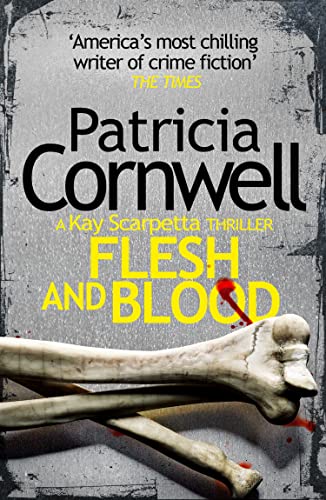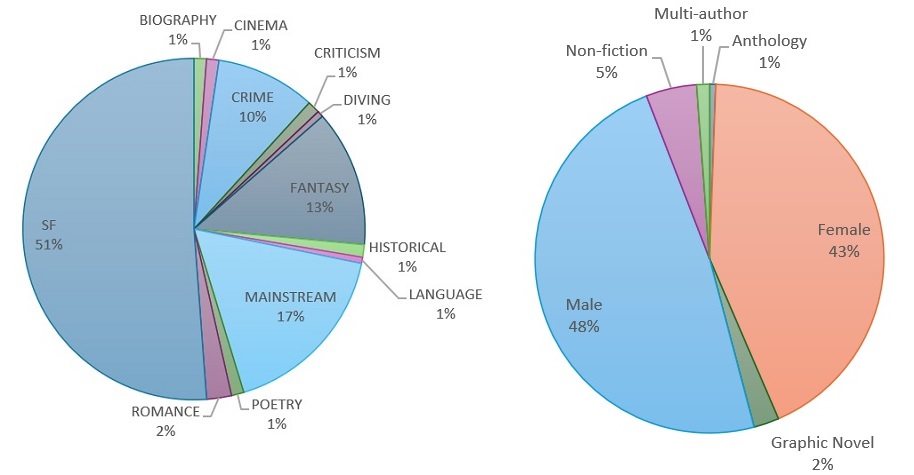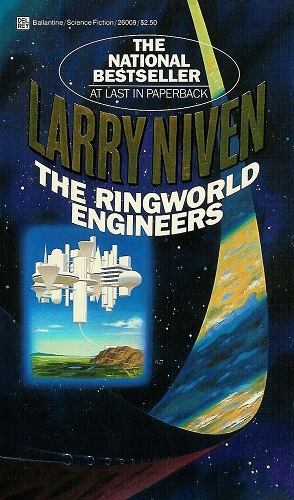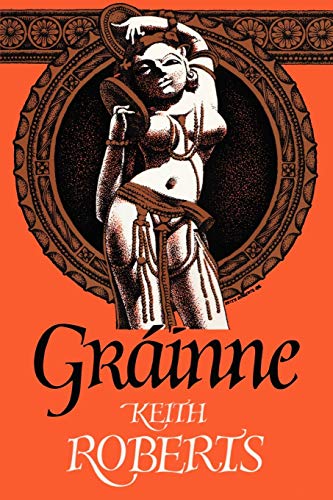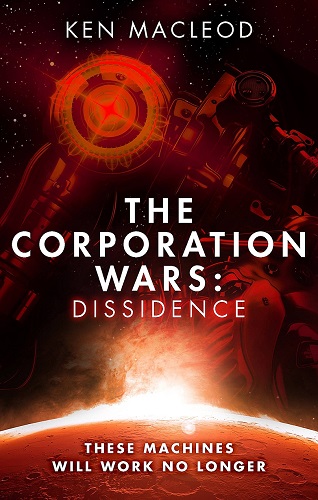One of the problems with formulas, particularly when it comes to book series, and especially series that have been going for longer than the author likely originally expected… I mean, I don’t know how many Scarpetta novels Cornwell set out to write, but twenty-two must be more than she ever envisaged – and the series is currently up to twenty-nine books. She’s maintained an impressive inventiveness in the murders, and the solving of them, over the books I’ve read so far…
But because of the formula, the books demand a villain against whom Scarpetta can pit her expertise and wits, and they’re usually genius-level psychopaths who enjoy planning and executing complicated murders. And good villains are hard to give up, so they have a tendency to come back from the dead. Cornwell has already done this once. And she does it here again.
It’s Scarpetta’s birthday and she’s due to go on vacation in Florida with her husband, FBI profiler Benton Wesley. But then, a college music teacher is shot in his driveway by a sniper. Scarpetta has history with the victim. Whose death has similarities to two other murders. Then more deaths – accidental, homicide mistaken for accidental, and actual homicide – seem to be connected… and somewhere in the centre of all this is Scarpetta. So once again, the death and mayhem is all intended to destroy her or her reputation.
Lucy is also involved, and she seems to have a good idea who the killer is. As does Benton. Scarpetta does not figure it out until near the end (long-time readers of the series will probably work it out before Scarpetta). The killer has been hired as a fixer by a corrupt congressman with a sociopathic son, but the fixer seems to have jumped the rails. Americans like their corrupt public officials – they even put one in the White House. Twice.
The ending hews close to the formula – Scarpetta becomes the killer’s target, although not this time because she sets things up so that’s the case: the killer wants her dead for reasons of their own. Of course, the killer fails – there are another seven books in the series to go, after all. But Flesh and Blood (2014, USA) does end with one of the most ambiguous cliff-hangers I have ever read.
On the whole, one of the better of the recent Scarpetta novels, so it seems the series is improving. And I’m really looking forward to the television adaptation, starring Nicole Kidman, I believe, in the title role.

